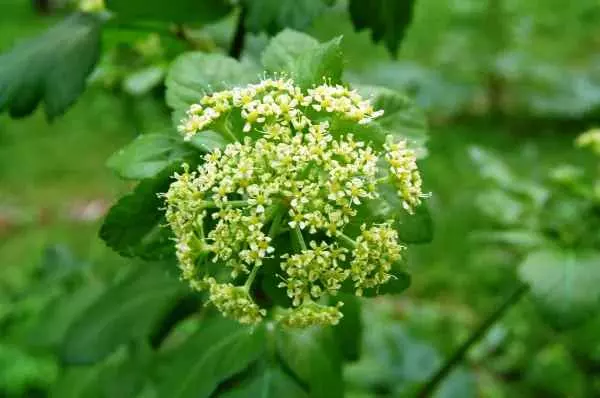Wild plants are plants that are normally found in nature, growing spontaneously without the need for anyone to grow or care for them. Although they may not always seem like it, there are many edible wild plants. Do you want to know more about these edible wild plants? Join us in this article where we give you names and examples through photos.
Table of Contents
How To Know If a Wild Plant Is Edible
If you need to check whether a wild plant is edible, you can apply a method traditionally used in survival manuals and tactics.
- First, separate the plant into its different parts: there are edible roots, edible fruits, edible wildflowers, and edible leaves, but just because one part of the plant is edible, doesn’t mean that all of it is.
- Then clean the separated parts for possible parasites or insects: if they are inside, discard the plant.
- The next step is to rub the plant against your wrist or elbow.
- Then crush it and hold it against another area of skin for about fifteen minutes.
- Wait 8 hours to see if it causes any kind of reaction: if there is any kind of allergic reaction, discard it.
- Boil or simmer the plant in water if you have access to such tools: if not, you will have to taste it raw. Very slowly, hold a small sample between your lips for about 180 seconds. If you notice a burning or any kind of reaction, discard the sample again.
- The next step is to put the sample on your tongue, without chewing, for 15 minutes, again watching for reactions. If nothing happens, chew for another 15 minutes, watching for changes or adverse effects.
- Finally, swallow a small sample and wait 8 hours without eating or drinking anything but water. If you notice something negative, induce vomiting without hesitation and drink plenty. If nothing happens, try a reasonable amount of the plant, such as a quarter cup, prepared in the same way.
This is a survival mechanism in case of need, and you must be very careful when doing so, as you expose yourself to serious complications.
Wild Arugula
Native to the Mediterranean, Eruca vesicaria is one of the most common wild Mediterranean edible plants. Its flavor is bitter, spicy, and intense, and its texture is crunchy. It does not grow taller than one meter and only the leaves are eaten. The plant usually blooms in spring and has been eaten by humans since the Roman Empire. Some ancient authors describe it as having aphrodisiac effects.
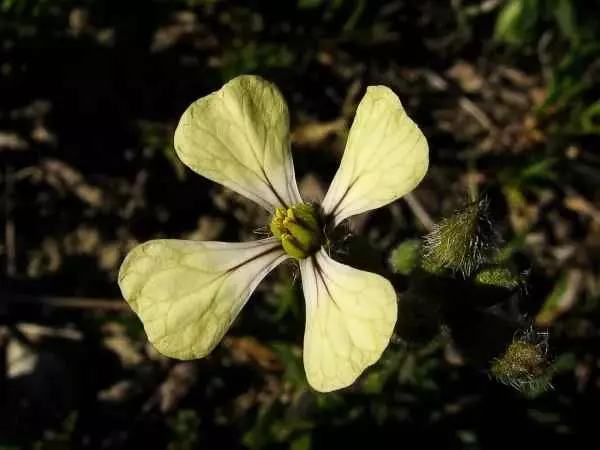
Edible Wild Plants – Indian Cress or Monks Cress
Tropaeolum majus, also known as Indian cress, monks cress, and garden nasturtium because of its beautiful red, yellow, or orange flowers, is eaten in salads or grilled. They are also commonly used in organic farming for their pest repellent effect. This wild edible plant, which is also a climber, is peculiar for its pungent flavor, reminiscent of watercress.
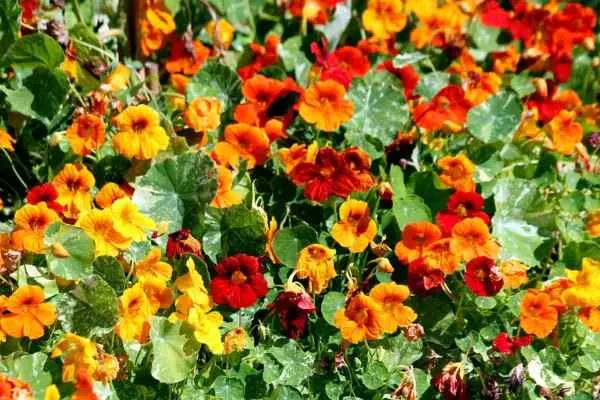
Purple Amaranth
Amaranthus blitum is one of the best-known wild edible and medicinal plants, often used against fever and in cases of stomach poisoning. The plant is native to the Mediterranean but has spread as far as northeastern America. It is up to 24″ (60 centimeters) tall and its stem and leaves are dark green. It is eaten raw, cooked, and even in herbal teas.
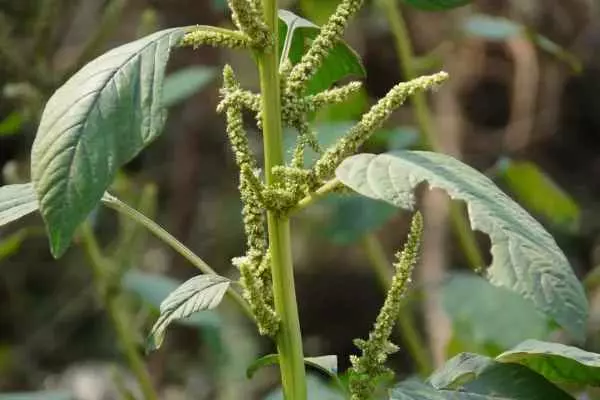
Edible Wild Plants – Marigold
Calendula officinalis, also popularly known as ruddles, common marigold, or pot marigold is valued both for its ability to attract pollinators and for its culinary use as a saffron substitute, as it provides aroma and coloring qualities. It is also eaten raw in salads. Marigold is an herbaceous, aromatic plant that can grow up to 22″ (55 centimeters) tall with yellow to orange flowers.
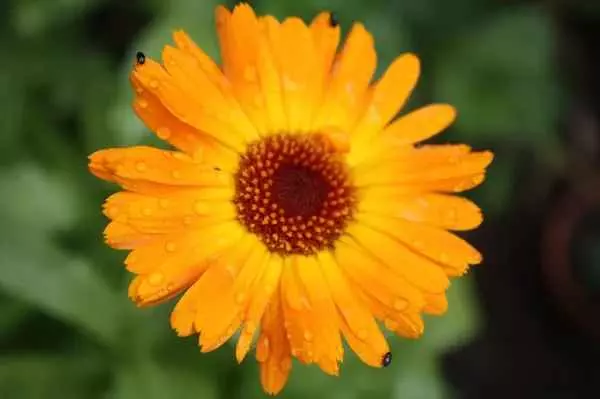
Wild Teasel
Dipsacus fullonum is another edible and medicinal herb that is often consumed in infusions of its root extract. It is also popularly known under the name wild teasel or fuller’s teasel but above all, it is famous for its diuretic and depurative actions, and once macerated, it becomes a good skin healer. It is an herbaceous plant that can grow up to 3.3 and 5 ft (1 and 1.5 m) tall.
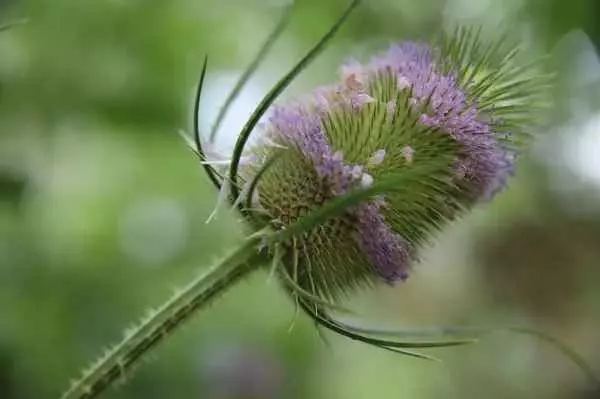
Edible Wild Plants – Borage
Borago officinalis is easily grown and found in the warmer months, distinguished by its beautiful blue flowers and hairy stems. Its leaves and stems are eaten raw or cooked and have diuretic and anti-stress properties. It is endemic to Egypt, Lebanon, and Syria, but can also be found in Asia Minor and warm areas of Western Europe, South America, North Africa, and the Mediterranean.
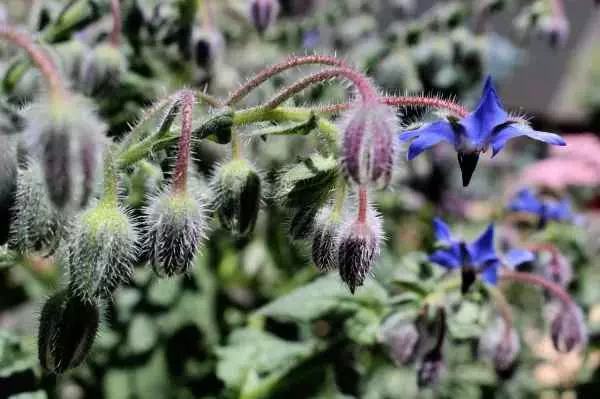
Dandelion
The leaves of Taraxacum officinale are edible and very healthy, provided they are eaten before the plant begins to wilt. It is also known as bitter chicory and is considered one of the edible weeds in many parts of the world, although it is medicinal. It is a perennial plant and its leaves can be eaten in salads.
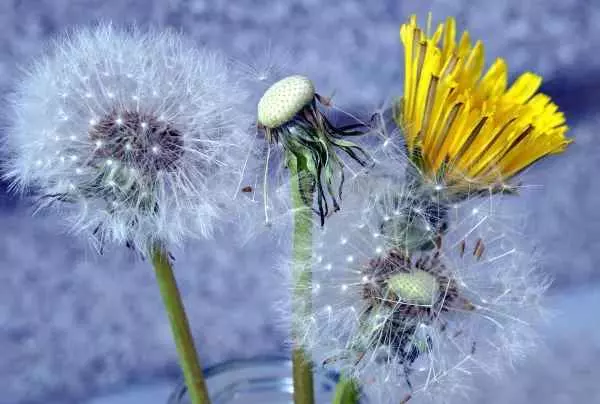
Edible Wild Plants – Dog Rose
The Rosa canina is another of the most common edible wild plants in Spain and its fruits, the rosettes, are commonly used in salads and syrups. The petals are often used in confectionery. Its leaves are deciduous and when we talk about the wild rose we are referring to a shrub, endemic to Europe and some areas of Africa and Asia, although it can be found all over the world.
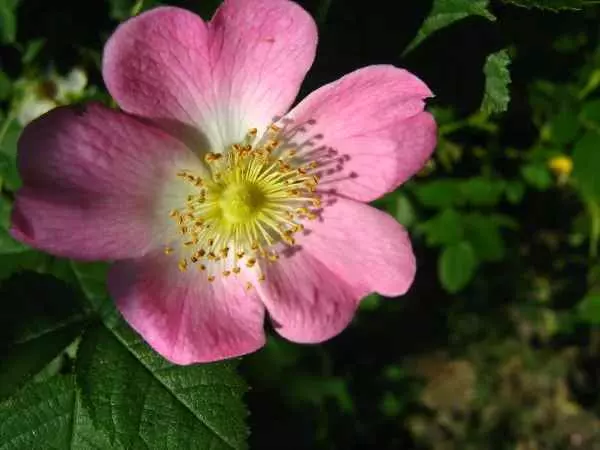
Common Purslane
Portulaca oleracea is a creeping plant of Indian origin, which is now spread all over the world. Its leaves and sour stems can be eaten raw and cooked. Although usually used for food, this wild edible plant can also be an ornamental in the home, as it has yellow flowers that stand out and attract a lot of attention.
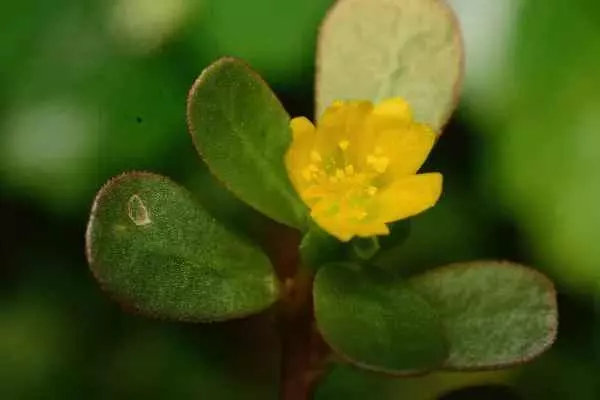
Edible Wild Plants – Cardus Marianus or Milk Thistle
With the scientific name Silybum marianum, the culinary use of its stems has increased in recent years. It is very effective against liver diseases and is considered medicinal. It is an herbaceous plant that can grow up to 12 ft (3.5 m) tall. Some of the benefits that have been attributed to this plant are that it acts favorably against kidney and gallbladder stones, normalizes blood sugar, and protects kidney cells when kidney failure occurs.
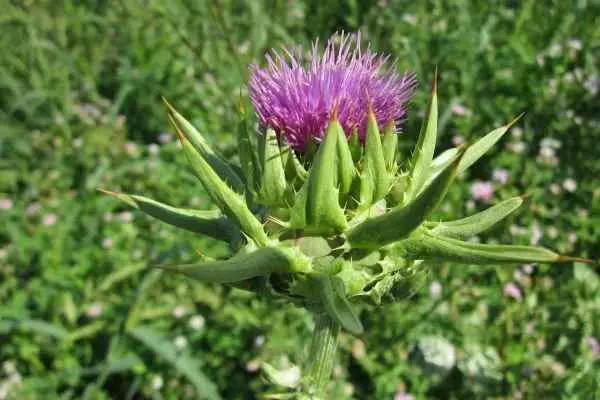
Wild Lettuce
Very similar to the lettuce that is commonly grown, Lactuca virosa is edible, but its analgesic and psychoactive properties make it necessary to consume it in moderation to avoid intoxication. It is native to the coasts of England, although it is also found in Europe and even in countries such as Australia and India. This wild edible plant is similar to opium, although it is not addictive.
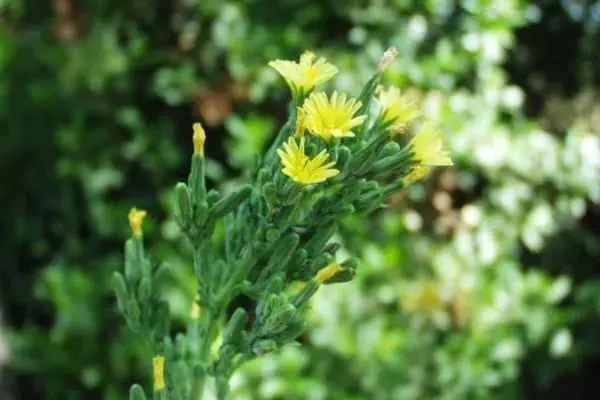
Edible Wild Plants – Viola Odorata
The flowers of Viola odorata are often used as an addition to salads and as an ingredient in desserts, both for their striking color and delicate flavor, although the leaves are also edible. Popularly known as the common violet, garden violet, or wood violet, this plant is native to Asia and Europe.
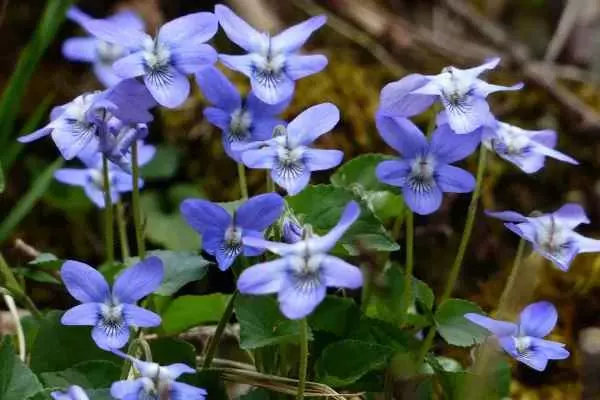
Greater Plantain
Plantago major is another of the most common edible wild plants, especially in Europe and South America. It has anti-inflammatory, diuretic, and expectorant properties, as well as healing properties. Like some of the other edible wild plants we have discussed in this article, it is also an herbaceous plant. It can grow up to 20″ (50 centimeters) tall and has small yellow parts.
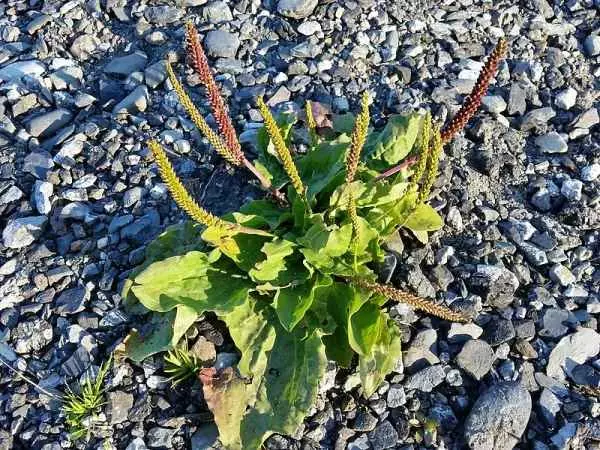
Edible Wild Plants – Hottentot-Fig
The impressive Carpobrotus edulis is a raw plant with fleshy leaves that can be eaten raw, cooked, or preserved, although the entire plant is edible. The only thing to be careful about is the fruit, which should only be eaten when ripe. It is an invasive plant because it spreads over large areas, especially in temperate coastal areas.
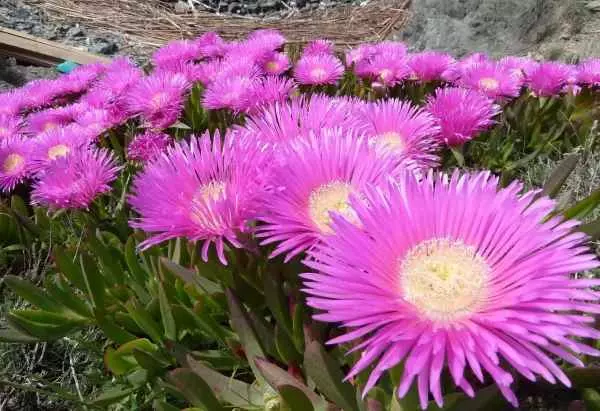
Alexanders
Smyrnium Olusatrum is one of the richest wild medicinal plants in terms of vitamin C. It also has cleansing and diuretic properties. It also has cleansing and diuretic properties and is eaten in its entirety, including flowers and fruit, although the ancient stems are hollow.
If you are looking for more edible flowers, I would recommend these two articles Are Forget Me Nots Edible? and Are Orchids Edible? Are Orchids Poisonous?
We recommend our article about fast-growing vegetables for impatient gardeners. We also recommend this book about edible wild plants. If you want to know more about edible wild plants, do not hesitate to write to us in our contact section.
